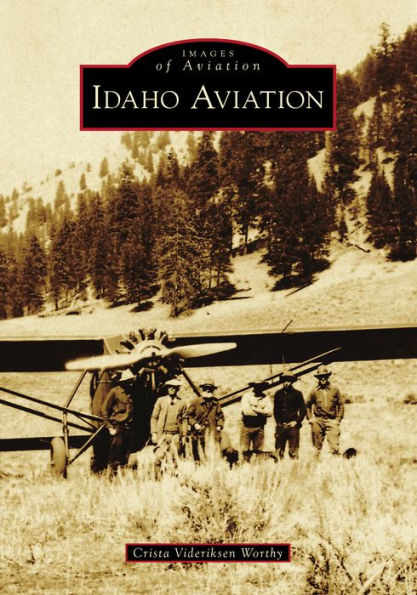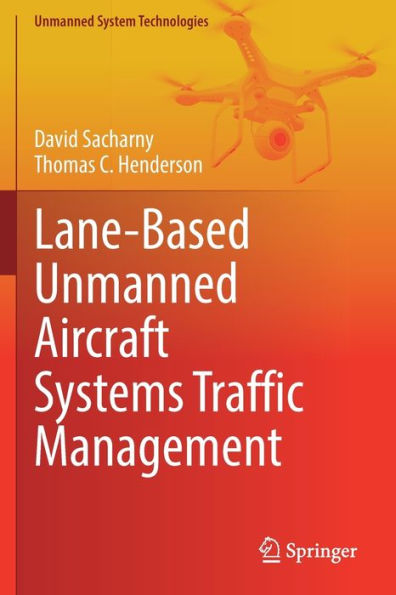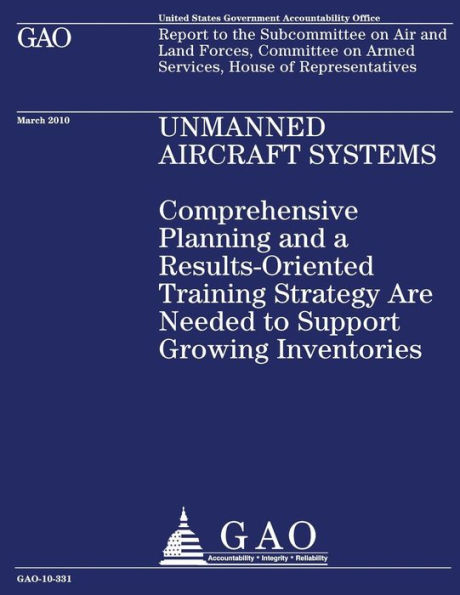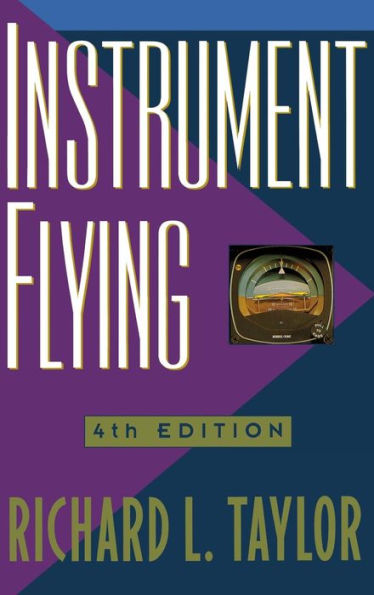Home
Ikhana: Unmanned Aircraft System Western States Fire Missions
Barnes and Noble
Ikhana: Unmanned Aircraft System Western States Fire Missions
Current price: $16.49
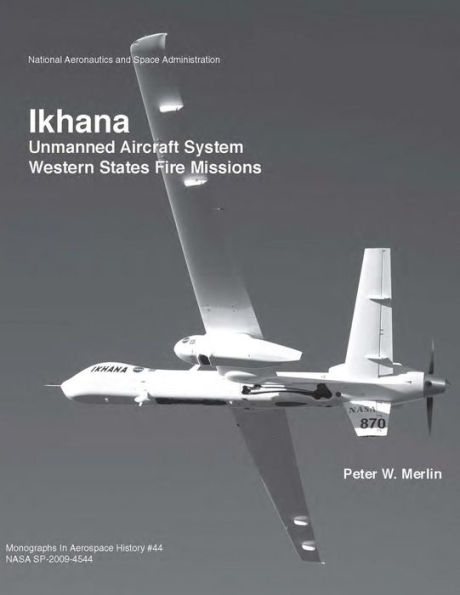

Barnes and Noble
Ikhana: Unmanned Aircraft System Western States Fire Missions
Current price: $16.49
Size: OS
Loading Inventory...
*Product information may vary - to confirm product availability, pricing, shipping and return information please contact Barnes and Noble
In 2006, NASA Dryden Flight Research Center, Edwards, Calif., obtained a civil version of the General Atomics MQ-9 unmanned aircraft system and modified it for research purposes. Proposed missions included support of Earth science research, development of advanced aeronautical technology, and improving the utility of unmanned aerial systems in general. The project team named the aircraft Ikhana - a Native American Choctaw word meaning intelligent, conscious, or aware - in order to best represent NASA research goals. Researchers at Dryden have a long history of using remotely piloted research vehicles to expand the frontiers of knowledge. Among the first was the Hyper III, a Langley-designed lifting body. In 1975 a series of stall and spin tests was begun at the center with a group of 3/8-scale F-15 RPRVs. Flights of another aircraft, dubbed the "Mini-Sniffer," took place between 1975 and 1979, testing the concepts of an RPRV operating in the Martian atmosphere or conducting high-altitude atmospheric research around the globe. The DAST - Drones For Aerodynamic and Structural Testing - program, a high-risk flight experiment using a ground-controlled, pilotless aircraft, was undertaken at Dryden from 1977 to 1983. Described by NASA engineers as a "wind tunnel in the sky," the DAST vehicle was a specially modified Teledyne-Ryan BQM-34E/F Firebee II supersonic target drone. From 1979 to 1983 the HiMAT (Highly Maneuverable Aircraft Technology) aircraft was flown, one of two subscale research vehicles meant to demonstrate advanced fighter technologies that have since been used in development of many modern high-performance military aircraft. In 1984 Dryden moved from small-scale vehicles to full-size aircraft when a pilot intentionally crashed a retired Boeing jetliner onto Rogers Dry Lake to test a compound meant to reduce post-crash fires on airliners. And Dryden was the center for operations of a family of solar-powered aircraft designed to explore the potential for such aircraft to monitor Earth's atmosphere as well as such other factors as moisture content in soil. Beginning in the 1990s, Pathfinder, Pathfinder-Plus, and Helios were all part of the Environmental Research Aircraft and Technology, or ERAST, program through which researchers hoped to mature RPRV and unmanned aerial system technologies. Building on experience with these and other unmanned aircraft, NASA scientists developed plans to use the Ikhana for a series of missions to map wildfires in the western United States and supply the resulting data to firefighters in near-real time. A team at NASA Ames Research Center, Mountain View, Calif., developed a multispectral scanner that was key to the success of what became known as the Western States Fire Missions. Carried out by team members from NASA, the U.S. Department of Agriculture Forest Service, National Interagency Fire Center, National Oceanic and Atmospheric Administration, Federal Aviation Administration, and General Atomics Aeronautical Systems Inc., these flights represented an historic achievement in the field of unmanned aircraft technology.

